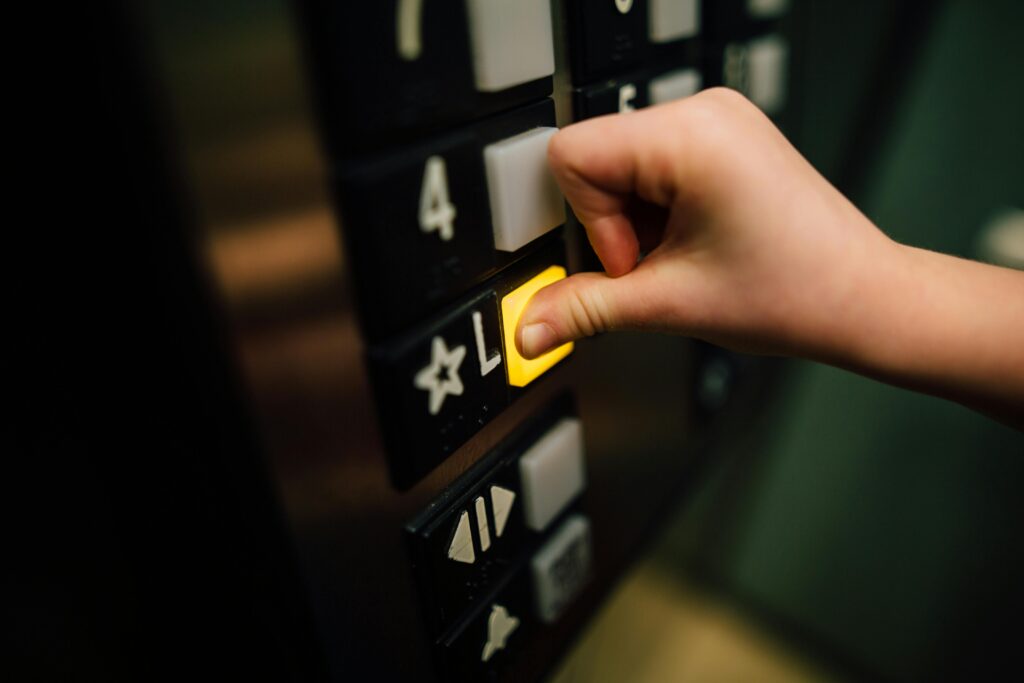The increasing reliance on elevators in both residential and commercial buildings has led to a heightened emphasis on their safety systems. With advancements in technology, we see significant innovations that not only enhance performance but also contribute to the prevention of failures. Understanding these technological upgrades is vital for building managers and safety inspectors, ensuring all systems operate efficiently and safely. The integration of smart technology can drastically reduce the safety risks associated with elevator systems, reinforcing the importance of modernizing our approach to elevator safety.

Understanding the Importance of Elevator Technology
In the past, elevators were designed with basic safety features that predominantly focused on mechanical functionality. Today’s advanced systems, however, incorporate digital tools and artificial intelligence that streamline operations and respond dynamically to potential risks. One major advancement is predictive maintenance, where sensors monitor elevator performance in real time, providing data analytics that enable proactive repairs before a failure occurs. This shifts the focus from reactive solutions to preventive measures, enhancing operational uptime and safety reliability.
Modern elevators now come equipped with enhanced communication systems as well. Such advancements mean that users can communicate with building personnel or emergency services quickly when issues arise. These systems can automatically alert maintenance teams to irregular performances, reducing downtime and ensuring that elevators are safe for use. With these technologies, there’s an enhanced level of safety that users can count on, giving peace of mind to both building operators and patrons.
Elevator Safety Regulations and Compliance
Technological advancements in elevator systems also accompany stringent safety regulations. Government bodies and safety organizations establish important rules that you need to know to ensure compliance. Regular inspections, maintenance schedules, and upgrades are often mandated in varying jurisdictions to maintain operational integrity. These regulations serve as a foundation for developing safer elevator technology.
Education plays a critical role in improving elevator safety. Training programs for operators and maintenance personnel incorporate updated compliance requirements, technologies, and best practices. Regularly updating these training materials is essential, as the landscape of elevator technology is ever-evolving. Compliance ensures not just safety, but also protects businesses from legal liabilities stemming from accidents or malfunctions.
Recent Innovations Enhancing Safety
The integration of artificial intelligence (AI) and machine learning algorithms into elevator systems marks a significant leap in safety standards. AI can assess patterns in user behavior and mechanical performance to predict and prevent failures. If the AI detects that an elevator door is prone to malfunction at certain times, it will alert maintenance teams to inspect the door before it leads to an incident. This proactive approach minimizes risks and enhances the reliability of elevator services, demonstrating the amalgamation of tradition with advanced technology.
Innovations like smartphones and embedded systems allow building inhabitants to access elevator information seamlessly. Passengers can request an elevator or view its status through mobile apps, which not only enhances convenience but also increases user involvement in safety. Should an issue arise, users can quickly assess the immediate risks and take action accordingly. Innovations are shifting the paradigm of elevator safety from mere compliance to active user engagement, creating a culture of awareness.
As technology advances, future elevator systems will likely integrate even more sophisticated AI capabilities, further enhancing predictive maintenance and real-time safety monitoring. This continued evolution ensures that elevator safety becomes increasingly reliable and user-centric.
The Future of Elevator Safety
Looking forward, the path of elevator safety upgrades appears intertwined with smart building technologies and the Internet of Things (IoT). As buildings become more connected, elevators are no longer isolated services but part of an integrated system of functions. IoT can allow for a centralized management system, monitoring the entire elevator ecosystem while providing real-time data sharing with users.
The potential to streamline maintenance operations will likely evolve, ensuring that elevator performance is optimal and predictable. There is also potential for augmented reality (AR) and virtual reality (VR) to play a role in training and education. Special simulations can prepare operators and technicians for real-life situations, improving their response to emergencies. The prospect of implementing such technologies not only enhances preparedness but also improves safety standards throughout the industry, paving the way for a future where elevator accidents are exceedingly rare.

Elevator safety upgrades represent a dynamic blend of technology and regulatory compliance. Significant advancements in predictive maintenance, AI, and communication systems have turned safety from a reactive to a proactive endeavor. Bearing in mind the important rules that everyone needs to know to comply with safety regulations can foster a safe environment for users and operators alike. As we look towards the future, the embrace of advanced technologies signifies a commitment to safer, more reliable elevator operations.

